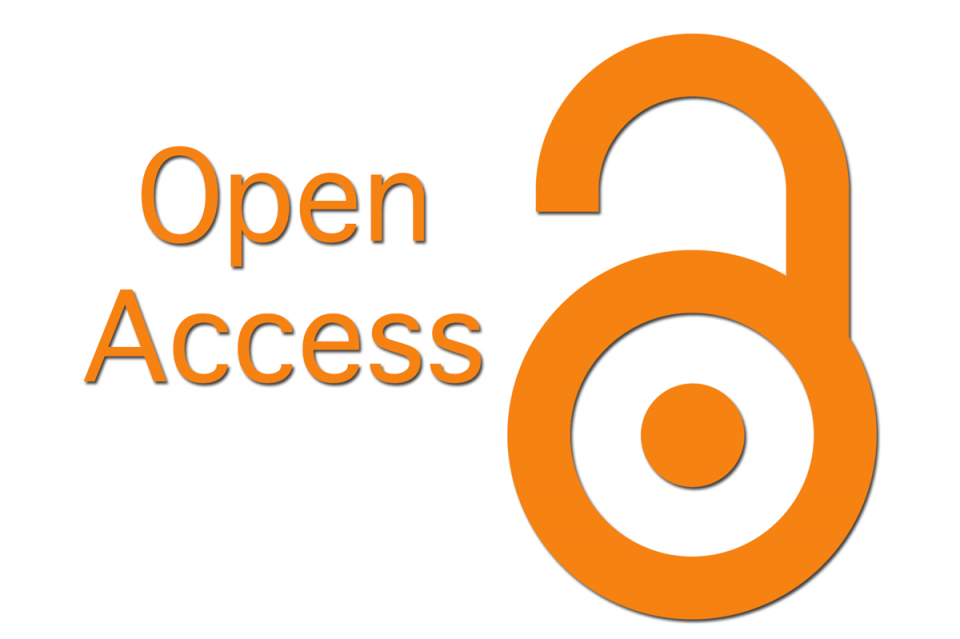Collaborative Governance in the "Masker Pelita" Program: Community Engagement for Disability Inclusion in Keera Village, Keera District, Wajo Regency
DOI:
https://doi.org/10.48047/cr3q7y68Keywords:
Collaborative Governance, Disability Inclusion, Community Participation, MASKER PELITA, Keera VillageAbstract
Introduction: Collaborative Governance is a form of cooperation between the government and third parties or with other governmental institutions that share common concerns. The MASKER PELITA program aims to empower persons with disabilities and increase public awareness of the rights and needs of people with disabilities through a collaborative approach involving village government, community organizations, and private sector actors.
Objective: To create an inclusive environment in which persons with disabilities are not merely recipients of assistance, but active participants in social and economic development in Keera Village, Keera Sub district, Wajo Regency.
Method: This study employs a qualitative method with a descriptive analytical approach. The researcher conducted in-depth interviews with key informants and carried out direct observations at the research site to obtain data that reflects actual field conditions, supported by relevant documentation.
Results: In terms of starting conditions, the study found an imbalance in existing resources. The program has implemented active engagement strategies. Influence and control are well executed through various mechanisms. Efforts to expand the program’s process coverage have been made by involving multiple stakeholders. Regarding institutional design, the program benefits from clearly defined and consistent governance supported by transparent systems, sufficient documentation, routine reporting mechanisms, and clearly defined roles. Lastly, the collaborative process is characterized by face-to-face dialogue that serves to build trust, clarify shared goals, and address challenges. The program began effectively with socialization and discussions involving both government and community, as reflected in increased community participation and stakeholder enthusiasm.
Conclusion: The starting conditions show that Collaborative Governance functions as intended, with multi-sectoral engagement. Facilitative leadership is evident as each actor in the MASKER PELITA program carries out their duties in accordance with their respective roles. To further strengthen the institutional design and ensure the success of collaboration between stakeholders and the community, formal cooperation agreements are needed. Lastly, the collaborative process demonstrates that the commitment and mutual understanding among stakeholders contribute to the program's success. Although there are still challenges such as insufficient training for health workers, limitations in the database, budget, and facility access the collaborative efforts in this program indicate a positive achievement.
Downloads
References
Adams, W. C. (2015). Conducting semi-structured interviews. In Newcomer, K. E., Hatry, H. P., & Wholey, J. S. (Eds.), Handbook of practical program evaluation (pp. 492–505). Jossey-Bass.
Aggranoff, R., & McGuire, M. (2003). Collaborative public management: New strategies for local governments. Georgetown University Press.
Andayani, N., & Afandi, H. (2019). Partisipasi dan pemberdayaan penyandang disabilitas dalam pembangunan desa inklusi. Jurnal Ilmu Sosial dan Ilmu Politik, 23(1), 45–57.
Arrozar, H. (2016). Kolaborasi dalam pelayanan publik: Teori dan praktik. Graha Ilmu.
Ayuni, R. D. (2019). Kolaborasi dalam tata kelola pemerintahan. Jurnal Administrasi Publik, 7(2), 34–48.
Baturangka, S. K., Kaawoan, I. L., & Singkoh, H. L. (2019). Peran pemerintah dalam pemenuhan hak penyandang disabilitas. Jurnal Ilmiah Administrasi Publik, 5(1), 12–23.
Didin Putra Pradana. (2019). Pemberdayaan kelompok masyarakat rentan. Deepublish.
Dwimawanti, I. H. (2020). Tata kelola kolaboratif dalam pelayanan publik. Jurnal Bina Praja, 12(1), 63–72.
Etikan, I., Musa, S. A., & Alkassim, R. S. (2015). Comparison of convenience sampling and purposive sampling. American Journal of Theoretical and Applied Statistics, 5(1), 1–4.
Febrian, E. (2016). Peran aktor non-pemerintah dalam kolaborasi kebijakan publik. Jurnal Ilmu Administrasi Negara, 3(1), 20–33.
Merriam, S. B. (2002). Qualitative research in practice: Examples for discussion and analysis. Jossey-Bass.
Miles, M. B., & Huberman, A. M. (1994). Qualitative data analysis: An expanded sourcebook (2nd ed.). Sage Publications.
Muzaki, M. (2014). Diskriminasi terhadap penyandang disabilitas. Jurnal Sosiologi Reflektif, 8(1), 17–30.
Raharja, M. (2015). Kolaborasi antar lembaga dalam pelayanan publik. Jurnal Borneo Administrator, 11(3), 241–256.
Schrage, M. (1990). Shared minds: The new technologies of collaboration. Random House.
Sholehah, A. (2017). Ketimpangan akses fasilitas publik bagi penyandang disabilitas di Indonesia. Jurnal Masyarakat dan Budaya, 19(2), 211–226.
Siregar, R. S., & Purbantara, D. (2020). Stigma dan kemiskinan penyandang disabilitas di perdesaan. Jurnal Ilmu Sosial dan Humaniora, 9(1), 25–38.
Susilawati, S. (2016). Tantangan kesejahteraan penyandang disabilitas. Jurnal Pembangunan Sosial, 13(2), 97–108.
Waruwu, B., Ketut, M., & Adhi, K. T. (2019). Disabilitas dan pembangunan inklusif. Jurnal Pelayanan Publik, 5(1), 32–41.
Widyaningsih, R. (2021). Kolaborasi dan inovasi dalam pelayanan publik. Jurnal Ilmu Administrasi Publik, 9(2), 56–68.
Widi, R., & Handayani, S. (2014). Pemberdayaan ekonomi masyarakat. Jurnal Ilmu Ekonomi dan Pembangunan, 14(1), 23–35.
Downloads
Published
Issue
Section
License

This work is licensed under a Creative Commons Attribution 4.0 International License.
You are free to:
- Share — copy and redistribute the material in any medium or format for any purpose, even commercially.
- Adapt — remix, transform, and build upon the material for any purpose, even commercially.
- The licensor cannot revoke these freedoms as long as you follow the license terms.
Under the following terms:
- Attribution — You must give appropriate credit , provide a link to the license, and indicate if changes were made . You may do so in any reasonable manner, but not in any way that suggests the licensor endorses you or your use.
- No additional restrictions — You may not apply legal terms or technological measures that legally restrict others from doing anything the license permits.
Notices:
You do not have to comply with the license for elements of the material in the public domain or where your use is permitted by an applicable exception or limitation .
No warranties are given. The license may not give you all of the permissions necessary for your intended use. For example, other rights such as publicity, privacy, or moral rights may limit how you use the material.








